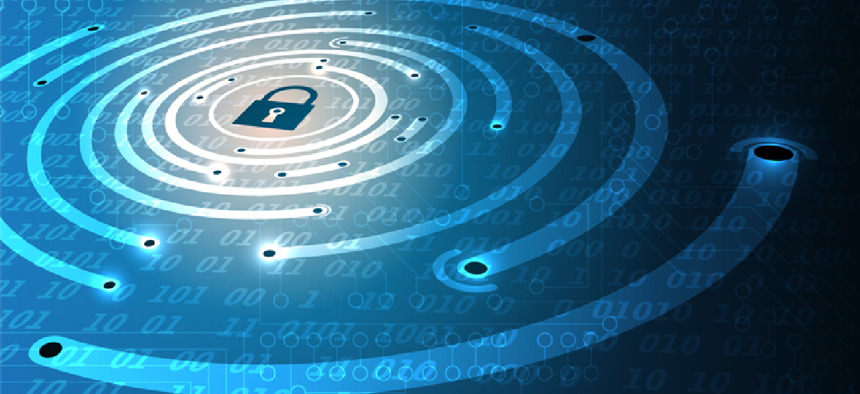WiFi scanners offer inexpensive security


Connecting state and local government leaders
A Rutgers research project delivers X-ray machine-like scanning of bags for less than one-tenth the cost.
Sometimes security is just too expensive, says Yinying (Jennifer) Chen, a professor in the Department of Electrical and Computer Engineering in Rutgers-New Brunswick's School of Engineering. The $10,000-plus cost of an X-ray scanning machine, for example, puts it out of reach for many public venues, such as schools, museums, theme parks and stadiums.
Chen and a team at Rutgers University have developed an alternative that employs off-the-shelf WiFi to scan bags and coats for weapons and explosive chemicals. The price? “The total cost would be $500 to $800,” she said.
The Rutgers WiFi scanner — detailed in a paper presented at the 2018 IEEE Conference on Communications and Network Security — employs two off-the-shelf WiFi devices, such as laptop computers, enhanced with 2 to 3 antennas. “The future detection system would employ a small conveyor belt to automatically move the target baggage for imaging,” said Chen. A typical WiFi scanning station requires a space of less than 2 square meters.
The system built by the Rutgers team analyzes the WiFi signals as they penetrate and bags and apparel and then bounce off objects inside. The WiFi signals can even be used to measure the volume of liquids in containers.
According to Chen, in experiments with 15 types of objects and six types of bags, the system delivered detection accuracy rates of 99 percent for dangerous objects, with metal objects being detected 98 percent of the time and liquids 95 percent of the time. With backpacks, accuracy in detection dropped slightly to 95 percent.
The team is continuing work to further increase accuracy by in enhancing shape detection.
According to Chen, the system can be integrated into existing WiFi networks with low costs and deployment efforts, making it more scalable and practical than the approaches using dedicated instruments. She added that the team has already been contacted by multiple companies interested in taking the technology to market, as well as by public school systems interested in deploying it.
"This could have a great impact in protecting the public from dangerous objects," she said. "There's a growing need for that now."
NEXT STORY: How the 'mother of all demos' changed the world




